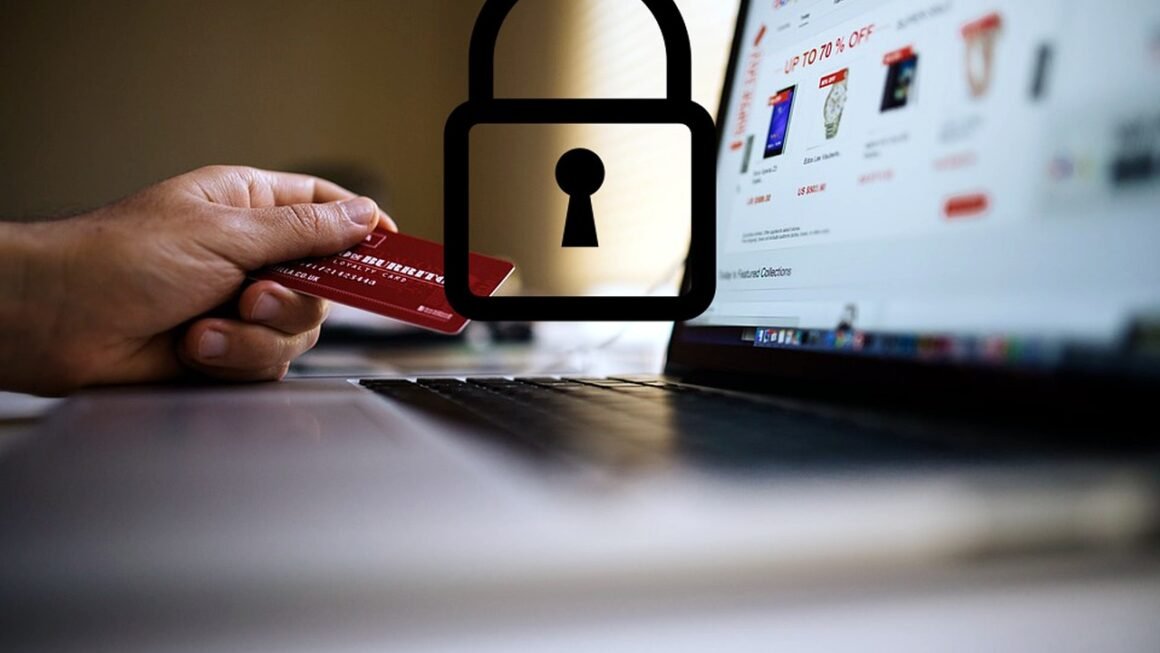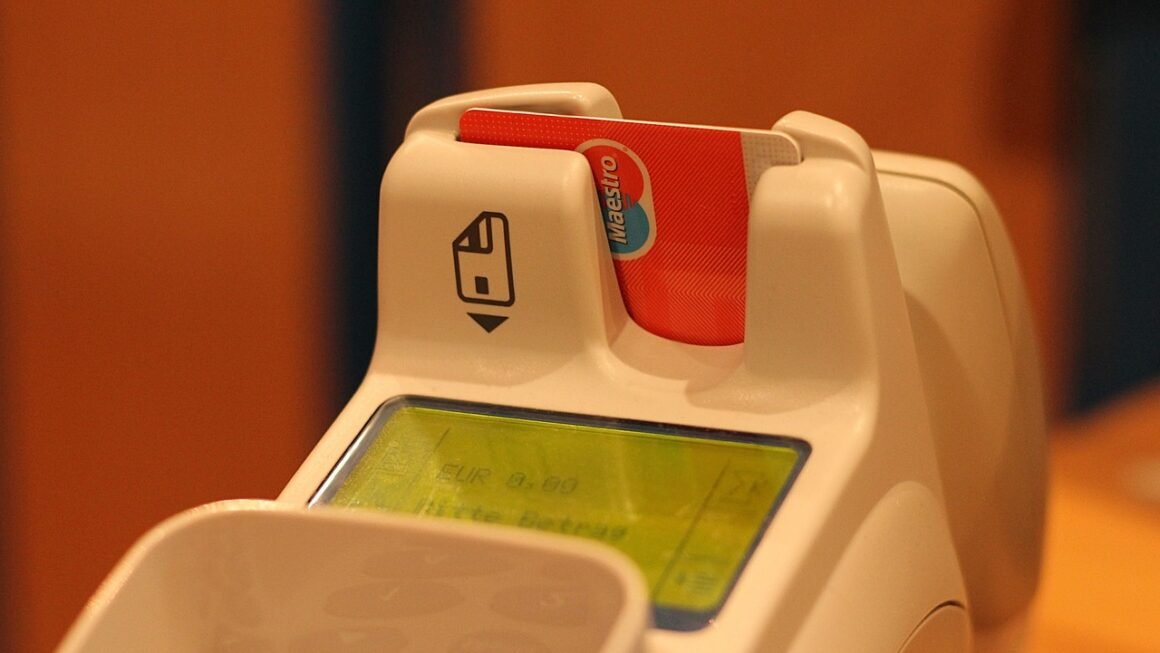A well-designed store is more than just a place to house products; it’s a powerful marketing tool, a brand ambassador, and a critical component of the customer experience. From carefully curated displays to strategically placed lighting, every element of your store design can influence customer behavior, drive sales, and build brand loyalty. This blog post delves into the crucial aspects of store design, providing actionable insights and strategies to create a retail environment that captivates customers and boosts your bottom line.
Understanding the Psychology of Store Design
The Power of Visual Merchandising
Visual merchandising is the art of presenting products in a way that’s both visually appealing and strategically effective. It’s about creating a story, highlighting key items, and guiding customers through the store.
- Example: A clothing store might create a vignette showcasing a complete outfit, including accessories, to inspire customers and encourage them to purchase multiple items.
- Tip: Regularly update your visual merchandising displays to keep the store looking fresh and exciting, even for repeat customers.
- Benefit: Effective visual merchandising can increase impulse purchases and overall sales volume. Studies show that visually appealing displays can increase sales by as much as 20%.
The Impact of Color and Lighting
Color and lighting play a significant role in shaping the customer’s mood and perception of your brand. Warm colors like red and yellow can create a sense of excitement and urgency, while cool colors like blue and green evoke feelings of calmness and trust.
- Example: A luxury jewelry store might use soft, warm lighting to create a sense of elegance and exclusivity.
- Tip: Consider using accent lighting to highlight specific products or areas of the store.
- Benefit: Carefully chosen colors and lighting can enhance the customer experience and reinforce your brand identity. For example, studies indicate that 90% of product assessment is based on color alone.
Navigating the Store Layout
The layout of your store should be intuitive and easy to navigate, guiding customers seamlessly through the space and maximizing their exposure to your products. Consider the customer journey from the moment they enter the store to the moment they check out.
- Example: Placing high-demand items towards the back of the store encourages customers to walk through other sections, increasing the likelihood of impulse purchases.
- Tip: Use signage and clear pathways to help customers find what they’re looking for quickly and easily.
- Benefit: A well-designed layout can improve customer flow, reduce frustration, and increase the time customers spend in your store.
Optimizing the Customer Experience
Creating a Sensory Environment
Engaging multiple senses can enhance the customer experience and create a more memorable and impactful brand impression. Consider incorporating elements like music, scent, and even touch to create a cohesive sensory experience.
- Example: A bookstore might use the scent of coffee and the sound of soft jazz music to create a relaxing and inviting atmosphere.
- Tip: Be mindful of potential sensory overload. Balance is key to creating a pleasant and engaging experience.
- Benefit: A thoughtfully curated sensory environment can create a stronger emotional connection with customers and increase brand loyalty.
The Importance of Customer Service
Excellent customer service is an integral part of the overall store design. Train your staff to be knowledgeable, helpful, and attentive to customer needs. A friendly and efficient checkout process is also crucial.
- Example: Implementing a mobile checkout system can reduce wait times and improve the customer experience, especially during peak hours.
- Tip: Empower your staff to resolve customer issues quickly and efficiently.
- Benefit: Outstanding customer service can differentiate your store from the competition and create a loyal customer base.
Accessibility and Inclusivity
Ensure your store is accessible to all customers, including those with disabilities. This includes providing ramps, wider aisles, accessible restrooms, and clear signage.
- Example: Offering large-print menus or providing staff assistance to customers with visual impairments.
- Tip: Train your staff on how to interact with customers with disabilities respectfully and effectively.
- Benefit: Creating an inclusive and accessible store demonstrates your commitment to serving all members of the community and can attract a wider range of customers.
Leveraging Technology in Store Design
Digital Signage and Interactive Displays
Digital signage and interactive displays can enhance the customer experience, provide valuable information, and promote your products and services in an engaging way.
- Example: Using digital signage to showcase product demonstrations, customer testimonials, or special promotions.
- Tip: Ensure your digital signage is visually appealing, easy to read, and regularly updated.
- Benefit: Digital signage can increase engagement, drive sales, and improve the overall customer experience.
Point-of-Sale (POS) Systems and Inventory Management
A modern POS system can streamline the checkout process, provide valuable data insights, and improve inventory management. Integrated inventory management systems can help you track stock levels, prevent stockouts, and optimize product placement.
- Example: Using a POS system with customer relationship management (CRM) capabilities to track customer preferences and offer personalized recommendations.
- Tip: Choose a POS system that is easy to use, scalable, and integrates with your other business systems.
- Benefit: A well-integrated POS system can improve efficiency, reduce costs, and enhance the customer experience.
Data Analytics and Store Optimization
Collecting and analyzing data on customer behavior, traffic patterns, and sales performance can provide valuable insights into how to optimize your store design and improve your bottom line.
- Example: Using foot traffic analysis to identify high-traffic areas and optimize product placement.
- Tip: Regularly review your data and make adjustments to your store design based on your findings.
- Benefit: Data-driven insights can help you make informed decisions about store layout, visual merchandising, and staffing levels, leading to increased sales and improved customer satisfaction.
Adaptability and Future-Proofing Your Store
Embracing Omnichannel Retail
In today’s digital age, it’s crucial to integrate your online and offline presence. Consider how your store design can support your omnichannel strategy, such as offering in-store pickup for online orders or providing digital tools for customers to browse products online while in the store.
- Example: Creating a designated area for online order pickups or offering self-checkout kiosks for customers who prefer to shop online.
- Tip: Ensure a seamless and consistent brand experience across all channels.
- Benefit: Embracing omnichannel retail can attract a wider range of customers and increase sales.
Flexibility and Scalability
Design your store with flexibility in mind, allowing you to easily adapt to changing trends and customer preferences. Choose fixtures and displays that are easy to move and reconfigure.
- Example: Using modular shelving systems that can be easily reconfigured to accommodate different product types.
- Tip: Regularly evaluate your store design and make adjustments as needed to keep it fresh and relevant.
- Benefit: A flexible and scalable store design can help you stay competitive and adapt to changing market conditions.
Sustainability and Ethical Considerations
In today’s world, customers are increasingly concerned about sustainability and ethical practices. Consider incorporating eco-friendly materials, energy-efficient lighting, and other sustainable design elements into your store.
- Example: Using recycled or reclaimed materials in your store fixtures or partnering with local artisans and suppliers.
- Tip: Communicate your sustainability efforts to your customers through signage and marketing materials.
- Benefit: Demonstrating your commitment to sustainability can attract environmentally conscious customers and enhance your brand image.
Conclusion
Crafting an effective store design requires a blend of art and science. By understanding the psychology of shopping, optimizing the customer experience, leveraging technology, and embracing adaptability, you can create a retail environment that not only attracts customers but also keeps them coming back for more. A well-designed store is an investment that pays dividends in increased sales, brand loyalty, and long-term success. Remember to regularly analyze your store’s performance and adapt your design to meet the evolving needs of your customers and the changing landscape of retail.



